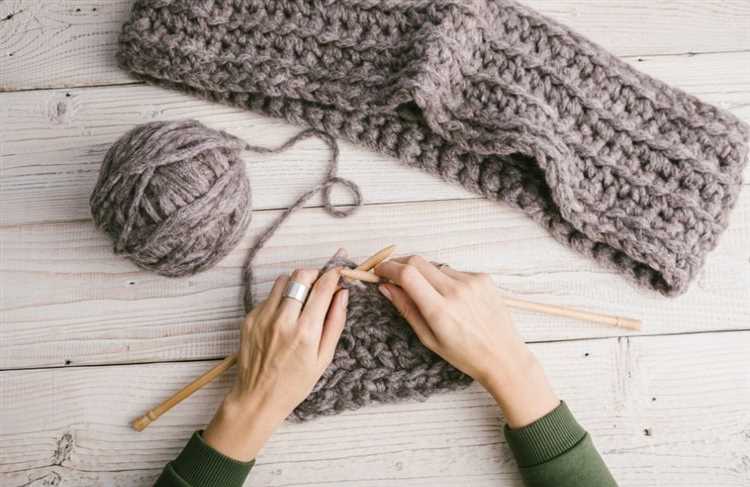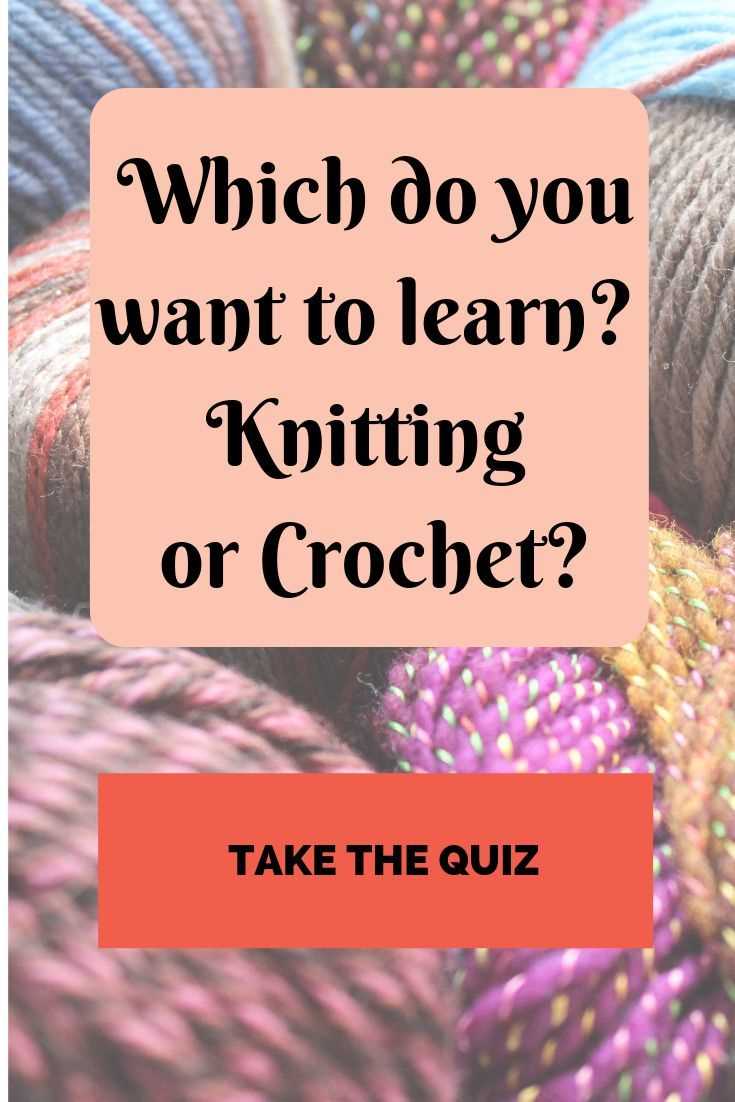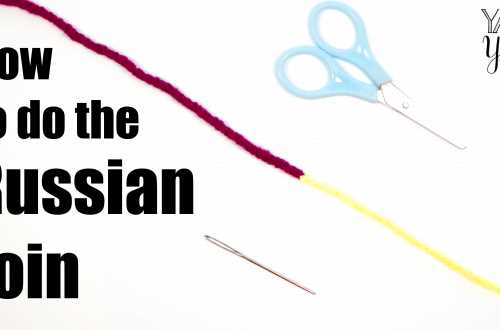When it comes to creating beautiful and intricate designs with yarn, crocheting and knitting are two popular options. But which one is faster? This question has sparked debates among crafters for years, with passionate arguments on both sides. In this article, we will explore the speed of crocheting versus knitting, taking into account various factors that can affect the pace of each technique.
One of the main factors that can determine the speed of crocheting versus knitting is the number of stitches required to complete a project. Crocheting typically involves using a single hook to create stitches, which means that each stitch is formed individually. This can make crocheting a bit slower compared to knitting, where multiple stitches can be worked at once using two needles.
However, it’s important to note that the speed of crocheting versus knitting can also depend on the individual’s skill level and experience in each technique. Some crocheters may have developed fast and efficient techniques that enable them to work quickly and smoothly. Similarly, experienced knitters may be able to move their needles with ease and speed, creating a seamless flow of stitches.
Another factor to consider is the type of project being worked on. Certain projects, such as intricate lace shawls or large blankets, may require more time and attention to detail, regardless of whether you are crocheting or knitting. On the other hand, simpler designs like basic scarves or hats may be completed more quickly, especially if you are using a familiar pattern and yarn.
Ultimately, the speed of crocheting versus knitting is subjective and can vary depending on various factors. Both techniques offer their own unique advantages and challenges, and the choice between the two ultimately depends on personal preference and the desired outcome of the project. So, whether you prefer the rhythmic clicking of knitting needles or the smooth loops of a crochet hook, enjoy the journey of creating something beautiful with yarn at your own pace!
What is Crocheting?
Crocheting is a craft that involves creating fabric by using a crochet hook to interlock loops of yarn, thread, or other materials. It is similar to knitting but differs in the tools and techniques used. Crocheting is often considered faster than knitting because it only requires one hook instead of two needles.
Crocheting can be used to create a wide range of items, including clothing, accessories, home decor, and toys. It is a versatile craft that allows for creativity and personalization. With different stitches and colors, crocheters can create intricate patterns and designs.
The basic technique in crocheting involves pulling loops of yarn through other loops to create various stitches. There are different types of crochet stitches, such as the chain stitch, single crochet, double crochet, and treble crochet. These stitches can be combined to create different patterns and textures in the fabric.
Crocheting can be done by people of all ages and skill levels. Beginners can start with simple projects such as dishcloths or scarves and gradually progress to more complex patterns. There are plenty of online tutorials, books, and classes available to learn crocheting techniques and enhance skills.
Overall, crocheting is a relaxing and enjoyable craft that allows individuals to express their creativity and produce beautiful and functional items. Whether you want to make a cozy blanket or a stylish hat, crocheting offers endless possibilities for creating unique handmade pieces.
What is Knitting?
Knitting is a popular craft that involves creating fabric by interlocking loops of yarn. It has been around for hundreds of years and is enjoyed by people of all ages and skill levels. Knitting can be done by hand or by using a machine, but in this article, we will focus on hand knitting.
Hand knitting requires two long needles and a ball of yarn. The needles can be made of various materials, including wood, metal, or plastic. The yarn can be made from different fibers, such as wool, cotton, or acrylic. The size of the needles and the thickness of the yarn can vary depending on the desired outcome of the project.
When knitting, the loops of yarn are worked on one needle, with the other needle used to manipulate the loops. The process involves three main steps: casting on, knitting, and casting off.
- Casting on: This is the process of creating the first row of stitches on one needle. It forms the foundation of the project.
- Knitting: This is the main step where the loops are transferred from one needle to the other, creating new stitches. This can be done in various stitch patterns, such as knit and purl stitches, to create different textures and designs.
- Casting off: This is the final step where the stitches are secured and the fabric is finished. It involves creating a row of loops that are gradually worked off the needles until only one loop remains, which is then cut and fastened.
Knitting allows for a wide range of projects, from simple scarves and hats to intricate sweaters and blankets. It can be a relaxing and therapeutic activity that helps reduce stress and improve focus. Knitted items can also make thoughtful handmade gifts for friends and family.
Overall, knitting is a versatile and enjoyable craft that provides a creative outlet for people to express themselves and create beautiful and functional items.
Method of Crocheting
Crocheting is a versatile and popular method of creating fabric by interlocking loops of yarn with a crochet hook. This method allows for the creation of a variety of stitches and patterns, making it suitable for creating a wide range of items, from clothing and accessories to home decor.
Here is a step-by-step guide on how to crochet:
- Gather your materials: To begin crocheting, you will need yarn and a crochet hook. Choose a yarn that is appropriate for your project and a crochet hook that matches the recommended size for the yarn.
- Create a slipknot: Start by creating a slipknot at the end of the yarn. To do this, fold the yarn over itself to create a loop. Then, insert the crochet hook through the loop and pull the tail of the yarn through the loop to secure it.
- Hold the crochet hook: Hold the crochet hook in your dominant hand, just like you would hold a pencil or pen. Grip it firmly, but not too tightly, to allow for easy movement.
- Begin the foundation chain: To start your project, you will need to create a foundation chain. This is a series of chain stitches that serve as the base for your work. Insert the crochet hook through the slipknot, yarn over, and pull the yarn through the slipknot to create your first chain stitch.
- Continue the foundation chain: Repeat the previous step until you have reached the desired number of chain stitches. The number of stitches will depend on the pattern or project you are working on.
- Work the stitches: Once you have completed the foundation chain, you can start working the stitches of your choice. There are several basic crochet stitches, including single crochet, double crochet, and half-double crochet, among others. Follow the instructions or pattern to create the desired stitch.
- Continue crocheting: Keep working the stitches according to the pattern or your own design. You can create various combinations of stitches to create different textures and patterns in your fabric.
- Finish your project: Once you have reached the desired length or completed the pattern, finish off your work by cutting the yarn, leaving a tail. Pull the tail through the last loop on the crochet hook to secure it.
Crocheting can be a relaxing and enjoyable hobby. With practice, you can become more proficient and create beautiful and intricate items. Whether you choose to follow patterns or create your own designs, crocheting offers endless possibilities for creativity and self-expression.
Method of Knitting
Knitting is a method of creating fabric by interlocking loops of yarn using knitting needles. It is a versatile craft that allows for the creation of various items such as clothing, blankets, and accessories. The technique of knitting can be traced back centuries and has evolved over time.
To begin knitting, you will need a pair of knitting needles and yarn. The type and size of needles you choose will depend on the project you are working on and the desired outcome. Thicker needles are used for chunky projects, while thinner needles are used for finer work.
There are two main methods of knitting: the English method and the Continental method. In the English method, the yarn is held in the right hand and the stitches are created by throwing the yarn over the needle. This method is often considered easier for beginners because the movements are more straightforward.
In contrast, the Continental method involves holding the yarn in the left hand and picking the yarn with the needle to create stitches. This method is popular in European countries and is known for being faster and more efficient than the English method.
Regardless of the method chosen, knitting involves a series of basic stitches. The two main stitches are the knit stitch and the purl stitch. The knit stitch creates a smooth, v-shaped pattern, while the purl stitch creates a bumpy, textured pattern. By combining and alternating these stitches, you can create a wide range of designs and textures.
As you become more comfortable with knitting, you can learn more advanced techniques such as cabling, lacework, and colorwork. These techniques add complexity and interest to your knitting projects.
Overall, knitting is a rewarding and enjoyable craft that allows you to create beautiful and functional items. Whether you choose to knit using the English method or the Continental method, the key is to practice and find a technique that suits your personal style and preferences.
Comparison of Speed
When it comes to speed, crocheting and knitting have their differences. The speed at which you can complete a project may vary depending on your skill level and the complexity of the pattern. However, in general, knitting tends to be faster than crocheting.
One reason for this is that knitting typically involves using two pointed needles to create stitches, while crocheting uses a single hook. With knitting, you can easily work with multiple stitches at a time, allowing you to complete rows more quickly. Crocheting, on the other hand, often requires more hand and finger movements for each stitch, which can slow down the process.
Another factor to consider is the size of the stitches. Knitting generally produces looser and larger stitches compared to crocheting. This means that you can cover more ground with each stitch, resulting in faster progress. Crocheting, with its tighter and smaller stitches, requires more stitches to cover the same area, resulting in a slower pace.
However, it’s worth noting that there are exceptions to this general rule. Some intricate knitting patterns can be time-consuming and require careful attention to detail, which can slow down the overall speed. On the other hand, certain crochet stitches and techniques, such as Tunisian crochet, can be faster than traditional knitting due to their unique methods of creating stitches.
In conclusion, while knitting is generally considered faster than crocheting, the speed of each technique can vary depending on various factors. Ultimately, it is up to the individual’s skill level, the complexity of the pattern, and personal preference as to which method they find faster.
Factors Affecting Speed
There are several factors that can affect the speed at which you can crochet or knit. Here are some of the main factors to consider:
- Experience: The more experience you have with crochet or knitting, the faster you’re likely to be. With practice, you become more comfortable with the stitches and techniques, which can help increase your speed.
- Tension: The tension you use while crocheting or knitting can impact your speed. Some people naturally have a looser or tighter tension, and finding the right balance for you can help you work more efficiently.
- Yarn and needle size: The type of yarn and the size of the needle or hook you use can also affect your speed. Thicker yarn and larger needles or hooks generally result in a faster progress, as there are fewer stitches to complete a project.
- Pattern complexity: The complexity of the pattern has a direct impact on how long it takes to complete a project. A simple pattern with basic stitches will generally be quicker to complete compared to a complex pattern with intricate details.
- Dexterity: Your natural dexterity can influence your speed in crocheting or knitting. Some people have quicker hand movements and coordination, which can contribute to faster work.
It’s important to note that speed is not the most important aspect of crochet or knitting. These crafts are meant to be enjoyed and can be a source of relaxation and creativity. Whether you crochet or knit quickly or take your time, what matters most is the enjoyment you get from the process and the satisfaction of the finished project.
FAQ:
Which is faster: crocheting or knitting?
The speed of crocheting or knitting depends on the individual skills and experience of the person doing it. Some people find knitting faster, while others find crocheting faster. It really varies from person to person.
Is crocheting faster than knitting?
It is subjective and depends on the person. Some individuals find crocheting faster because it involves using one hook and fewer stitches. However, others may find knitting faster due to the repetitive movements and the ability to work on multiple stitches at once.
Which one takes more time: crocheting or knitting?
The time taken for crocheting or knitting depends on the complexity and size of the project, as well as the individual’s skill level. In general, larger knitting projects may take longer due to the number of stitches, while complex crochet patterns can also be time-consuming. It ultimately varies based on the specific project and the proficiency of the person doing the craft.
Is it easier to crochet or knit a blanket?
The ease of crocheting or knitting a blanket depends on personal preference and skill level. Some individuals may find crocheting a blanket easier because it typically requires fewer stitches and has a more forgiving nature. Knitting a blanket can also be easy, especially if using large needles and simple stitch patterns. It is important to choose a method that feels comfortable and enjoyable for the individual.
Which is more beginner-friendly: crocheting or knitting?
Both crocheting and knitting can be beginner-friendly crafts. However, many individuals find crocheting easier to learn initially because it involves using one hook and simpler stitch patterns. Knitting may require more dexterity and coordination as it involves working with two needles. Whichever method someone chooses, there are plenty of beginner-friendly resources available to help them get started.
Can you switch between crocheting and knitting in one project?
Yes, it is possible to switch between crocheting and knitting in one project. This technique is called “crochet on the knit” or “knit on the crochet.” It allows for interesting textures and design elements. However, it requires a basic understanding of both crafts and how to combine them seamlessly. There are many tutorials and patterns available that demonstrate this technique for those interested in exploring it.


